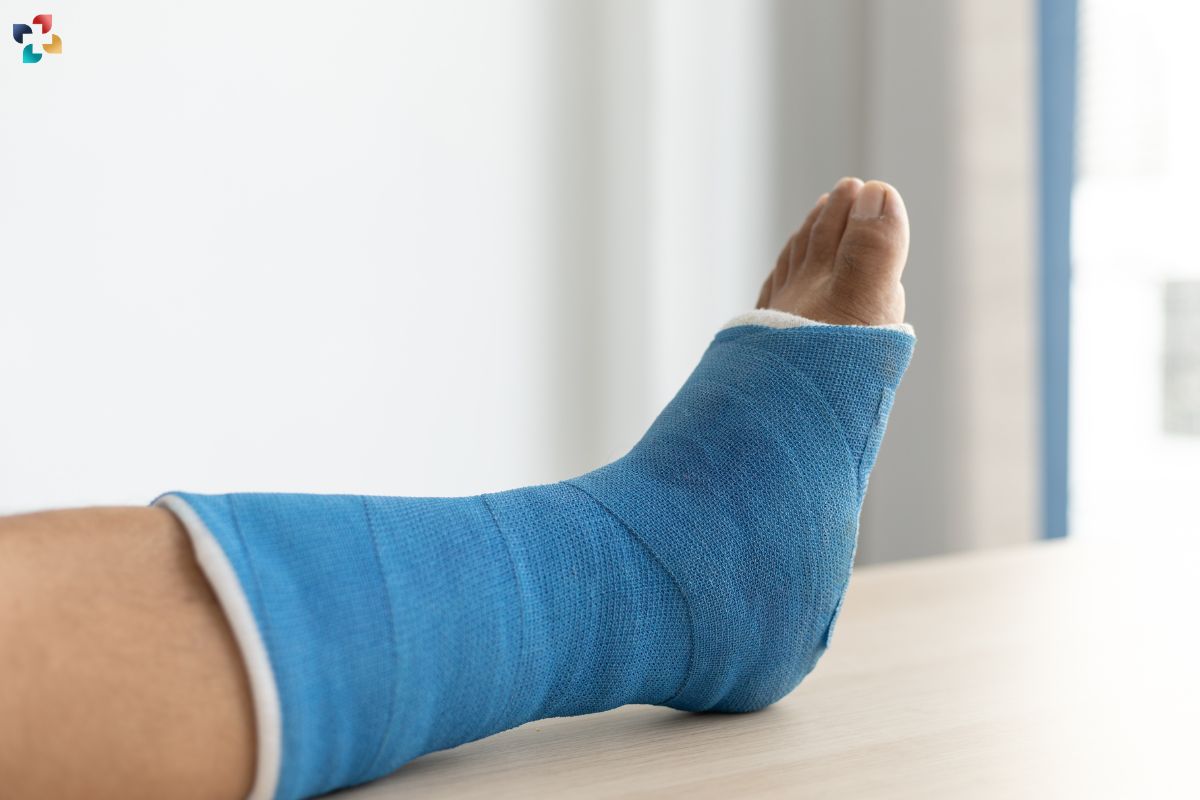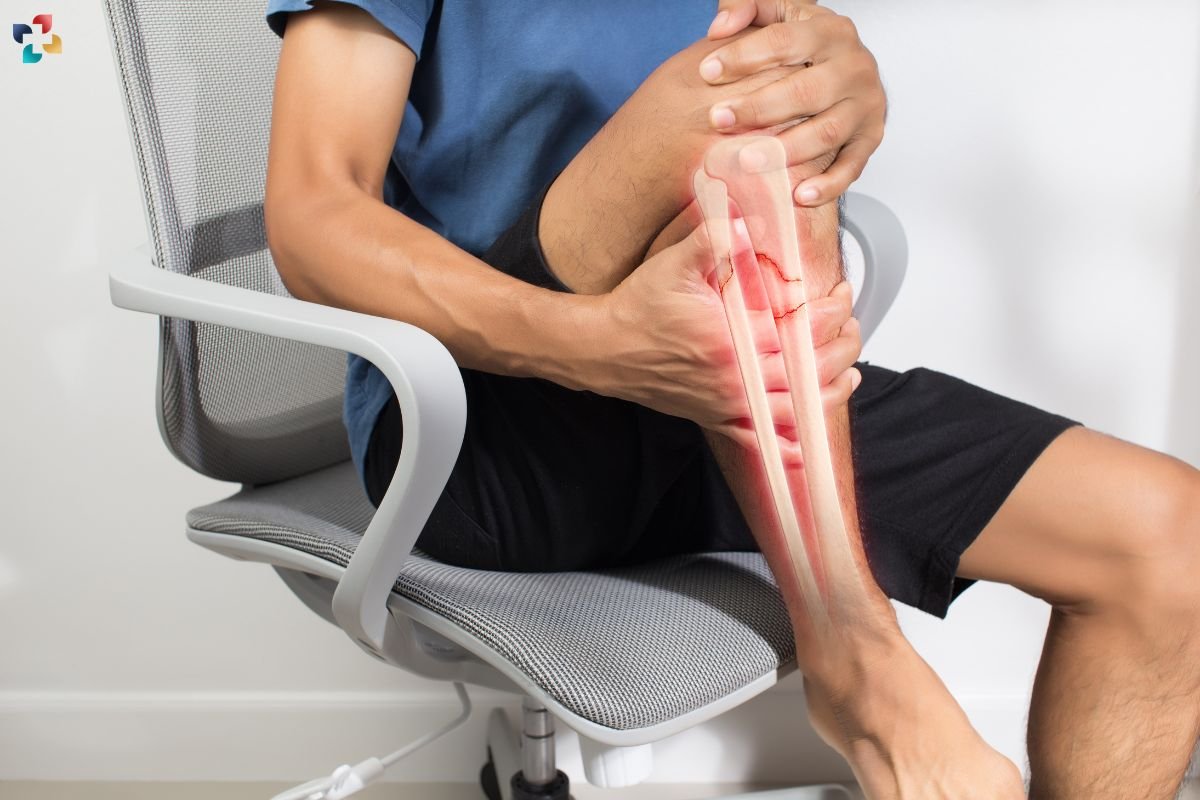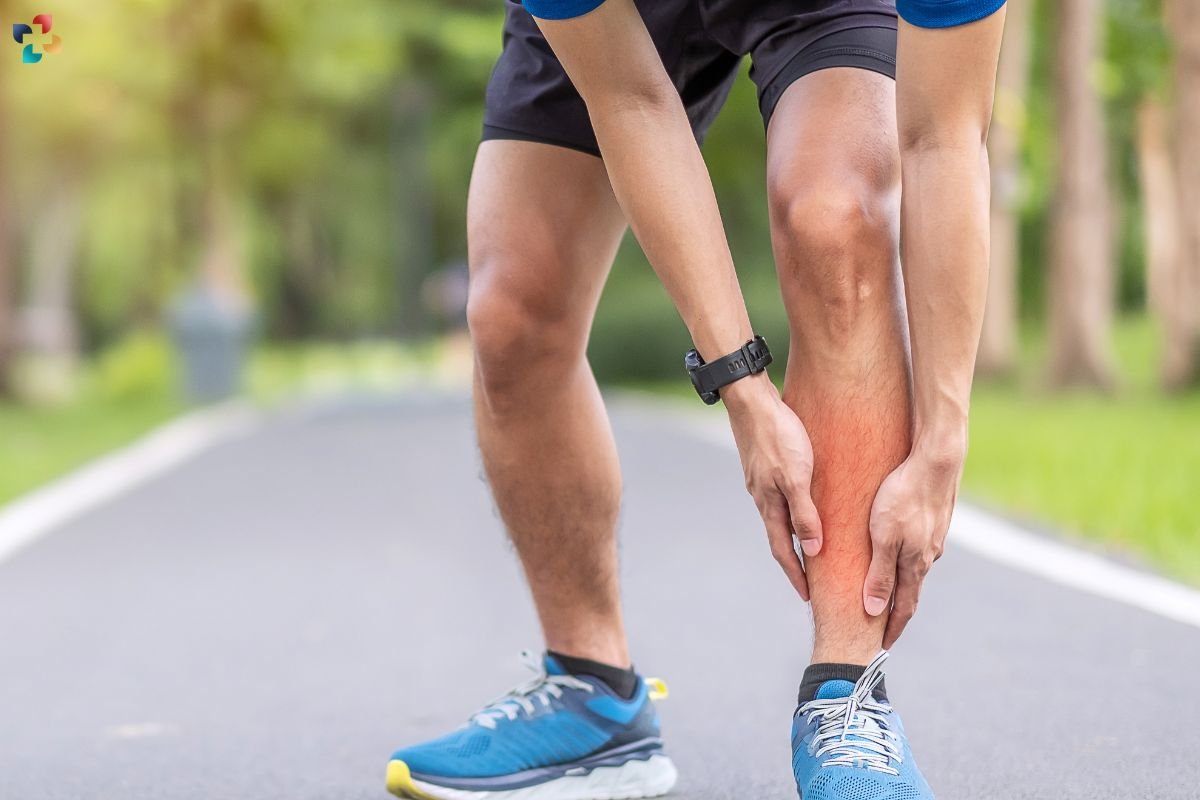Shin splints, also known as medial tibial stress syndrome, are a common issue among athletes, runners, and those engaged in regular physical activity. This condition causes pain along the shin bone (tibia) and can significantly hinder one’s ability to perform physical activities. Incorporating specific shin splint stretches into your routine can alleviate pain, promote healing, and prevent recurrence. This comprehensive guide will delve into the best shin splint stretches, their benefits, and tips for incorporating them into your exercise regimen.
Understanding Shin Splints:
Before diving into shin splint stretches, it is essential to understand what causes shin splints. Shin splints occur due to excessive force on the shin bone and the connective tissues that attach muscles to the bone. Common causes include:
- Overuse: Engaging in high-impact activities like running or jumping without adequate rest.
- Improper Footwear: Wearing shoes that do not provide adequate support or cushioning.
- Flat Feet: Having flat feet or over pronation can increase stress on the shinbone.
- Sudden Increase in Activity: Rapidly increasing the intensity or duration of physical activity without proper conditioning.
Symptoms of Shin Splints:

Common symptoms of shin splints include:
- Pain and tenderness along the inner side of the shinbone.
- Swelling in the lower leg.
- Pain that worsens with exercise and improves with rest.
- Benefits of Shin Splint Stretches
Incorporating shin splint stretches into your daily routine offers numerous benefits:
1. Pain Relief
Shin splint stretches help alleviate pain by relaxing tight muscles and improving blood flow to the affected area. Stretching can reduce muscle tension and promote faster healing.
2. Improved Flexibility
Regular stretching enhances the flexibility of the muscles and tendons around the shin, reducing the risk of future injuries.
3. Injury Prevention
Shin splint stretches to strengthen the muscles and connective tissues in the lower leg, providing better support and reducing the likelihood of developing shin splints again.
4. Enhanced Performance
By improving flexibility and strength, shin splint stretches can enhance overall athletic performance and allow for a more efficient and pain-free exercise routine.
6 Effective Shin Splint Stretches:
Here are some of the most effective shin splint stretches to incorporate into your routine:
1. Calf Stretch
A tight calf muscle can contribute to shin splints. This stretch targets the calf muscles, providing relief and preventing further injury.
How to Perform:
- Stand facing a wall with your hands placed against it at shoulder height.
- Step one foot back, keeping it straight, and press the heel into the ground.
- Bend the front knee while keeping the back leg straight and heel on the floor.
- Hold the stretch for 20-30 seconds, then switch legs.
2. Toe Flexor Stretch
This stretch targets the muscles in the front of the lower leg, helping to relieve tension and pain.
How to Perform:
- Sit on the ground with your legs extended in front of you.
- Loop a towel or resistance band around the ball of one foot.
- Gently pull the towel or band towards you, flexing your foot and stretching the front of your shin.
- Hold for 20-30 seconds, then switch feet.
3. Seated Shin Stretch
This stretch is specifically designed to target the muscles along the front of the shin.
How to Perform:
- Sit on the ground with your knees bent and feet flat on the floor.
- Gently lower your hips back towards your heels, feeling a stretch along the front of your shins.
- Hold the position for 20-30 seconds.
4. Standing Shin Stretch

This stretch can be performed anywhere and is excellent for relieving shin pain.
How to Perform:
- Stand with your feet hip-width apart.
- Bend one knee and bring the top of your foot towards your buttocks, grabbing it with your hand.
- Pull your foot gently towards your buttocks while keeping your knee pointing down.
- Hold the stretch for 20-30 seconds, then switch legs.
5. Heel Drop Stretch
This stretch helps in lengthening the calf muscles and Achilles tendon, reducing the strain on the shinbone.
How to Perform:
- Stand on the edge of a step or curb with your heels hanging off.
- Slowly lower your heels below the level of the step, feeling a stretch in your calves.
- Hold the position for 20-30 seconds, then raise your heels back to the starting position.
6. Ankle Dorsiflexion Stretch
This stretch focuses on the muscles of the shin and ankle, improving flexibility and reducing pain.
How to Perform:
- Sit on the ground with your legs extended in front of you.
- Use a resistance band or towel looped around the balls of your feet.
- Pull the band towards you, flexing your ankles and stretching the muscles along your shins.
- Hold for 20-30 seconds and release.
Tips for Incorporating Shin Splint Stretches into Your Routine:
To maximize the benefits of shin splint stretches, it is essential to incorporate them effectively into your routine. Here are some tips:
1. Warm-Up First
Before performing shin splint stretches, ensure you warm up your muscles with light cardio activities such as walking or jogging. Warming up increases blood flow to the muscles and reduces the risk of injury.
2. Consistency is Key
Incorporate shin splint stretches into your daily routine, especially if you are an athlete or engage in regular physical activity. Consistency helps in maintaining flexibility and preventing shin splints.
3. Combine with Strengthening Exercises
In addition to stretching, incorporate strengthening exercises for the lower legs and feet. Strengthening the muscles around the shin can provide better support and reduce the risk of shin splints.
4. Listen to Your Body
Pay attention to your body’s signals. If you experience pain during stretching, stop immediately and consult a healthcare professional. It is essential to differentiate between discomfort from stretching and pain from an injury.
5. Gradually Increase Intensity
If you are new to stretching or have recently recovered from shin splints, gradually increase the intensity and duration of your stretches. Avoid overloading your muscles too quickly to prevent re-injury.
Preventing Shin Splints:

While shin splint stretches are effective for relief and recovery, it is equally important to adopt preventive measures to avoid shin splints in the first place. Here are some strategies to prevent shin splints:
1. Wear Proper Footwear
Invest in high-quality, supportive shoes that are appropriate for your activity. Replace worn-out shoes regularly to ensure adequate cushioning and support.
2. Gradually Increase Activity
Avoid sudden increases in the intensity or duration of your workouts. Gradually build up your activity levels to give your muscles and bones time to adapt.
3. Cross-Train
Incorporate a variety of activities into your routine to avoid repetitive stress on the same muscles and bones. Cross-training can help prevent overuse injuries like shin splints.
4. Strengthen Your Core and Lower Body
A strong core and lower body can provide better support and stability, reducing the strain on your shins. Include exercises that target the hips, glutes, and core in your fitness regimen.
5. Maintain a Healthy Weight
Excess body weight can increase the stress on your lower legs and contribute to shin splints. Maintaining a healthy weight through diet and exercise can help prevent this condition.

The Ultimate Guide to Hamstring Stretch: Benefits, Techniques, and Tips
By incorporating hamstring stretches into your daily routine, you can enhance your overall flexibility, reduce the risk of injury, and improve your athletic performance.
Conclusion
Shin splints can be a frustrating and painful condition, but incorporating specific shin splint stretches into your routine can provide significant relief and help prevent recurrence. By understanding the causes and symptoms of shin splints and adopting effective stretching and preventive strategies, you can maintain a healthy and active lifestyle.
Remember to consult a healthcare professional before starting any new exercise or stretching program, especially if you have a history of shin splints or other lower leg injuries. With the right approach, you can effectively manage and prevent shin splints, allowing you to enjoy your favorite activities pain-free.







